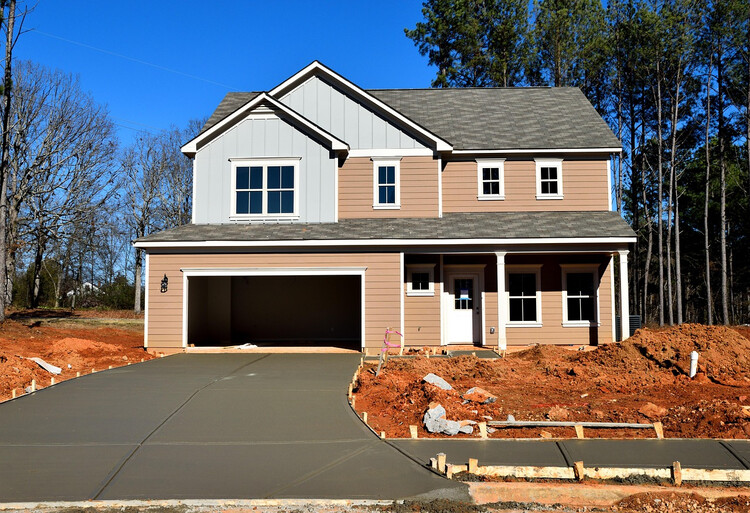Top Ways to Insulate Your Garage Door for Maximum Efficiency
Description: |
|
| Proper insulation and energy efficiency are crucial factors when choosing a garage door for your car parking. Unfortunately, not all doors have inbuilt insulation features. This can motivate you to optimize your garage door and reduce energy consumption costs. Here are the top strategies to create a more comfortable indoor temperature and extend the lifespan of your garage systems. Choose the Right Insulation Material The material is vital in lowering energy usage and costs. Each material has its thermal resistance. However, its effectiveness depends on your local climate and parking type. Popular options include fiberglass, foam board, reflective, and spray-foam insulation. Fiberglass often comes in batts with paper or foil backing to provide extra protection. It has an R-value of up to four inches, suitable for attached garages that share walls with the home. Form boards consist of rigid polystyrene or polyurethane panels. They are lightweight and have a thermal resistance of up to 6. This makes them suitable for metal and wooden doors. Reflective insulation combines aluminum foil with foam backing to help it reflect heat. It is ideal for homes located in areas with extreme temperatures. When updating your existing door, always look for insulation kits or foam boards that you can easily install. You can consult Columbus ODC professionals to help you choose the best insulation material for your door and local climate. Add Door Seals Gaps around the door allow drafts and moisture to enter even after insulation. The gaps occur when seals and joints wear out over time. Adding door seals prevents the elements from entering and balances airflow in and outside the car parking. Common door seals include bottom, side, and top seals. Bottom seals are attached to the bottom of the garage to block cold air and water. They are often made from rubber or vinyl and are available in T-end, bulb, and beaded styles to fit different door styles. Side and top seals are attached around the frame to reduce air leakage. You can get those made of rubber or vinyl and install them easily using nails or adhesive strips. When adding seals, always go for high-quality rubber options. Rubber is tighter and more durable than other materials. You should also conduct regular inspections to check if they need replacement. If unsure, you can ask experts to conduct a professional assessment and reduce heat transfer. Apply Weatherstripping Weather strips give an extra layer against external cold air, dust, and moisture penetration. They complement door seals by sealing small gaps along the edges and bottom of the garage door. Most modern doors have weather strips. However, older ones lack this feature, leading to temperature fluctuations. Common options include vinyl, rubber, and brush strips. Vinyl and rubber strips are flexible and durable, ideal for extreme conditions. Brush strips are best for keeping out dust and debris. They are suitable for industrial or commercial garages or those that experience high traffic. Remove any old or damaged layers before installing them to prevent air leaks. Cut the new strip to the right length and secure it using nails or adhesive. This creates a strong bond without affecting the door’s movement. Endnote Proper temperature regulation increases energy efficiency and reduces usage costs. You can create a more comfortable indoor environment for your vehicles using the right insulation material and closing all gaps. However, always consider your weather conditions and door material to enhance the efficiency of added features. |
|
Members profile: |
|
| Advertised by: | Maisie Jones (click here to see full profile) |
| Email: | Email Advertiser |
Ad Details |
|
| Garage Spaces (put 0 if this does not apply) | 0.00 |
| Price: | $0 USD |
| Ad id: | 81364920 |
| Region: | |
| Views: | 3807 |



